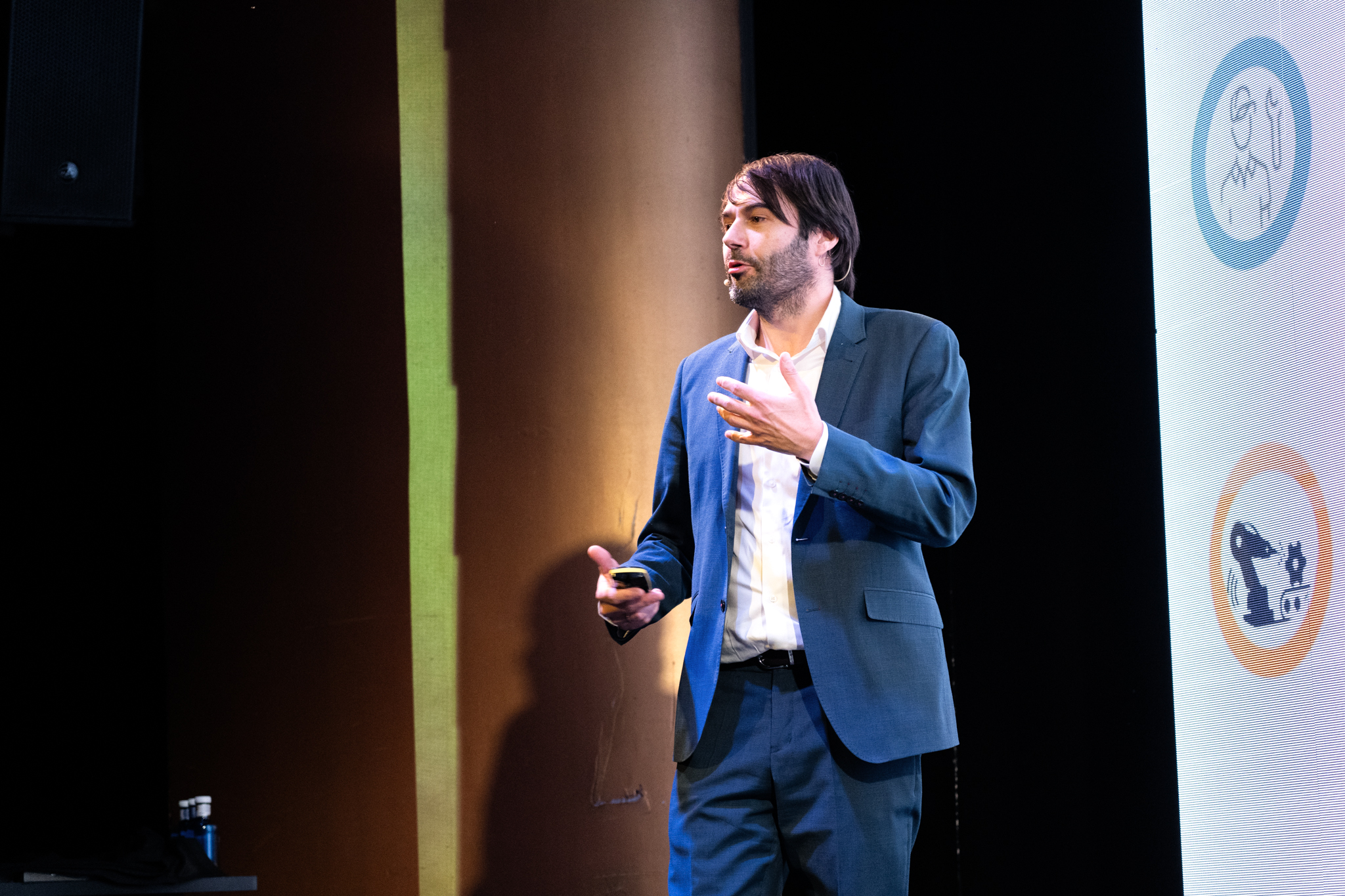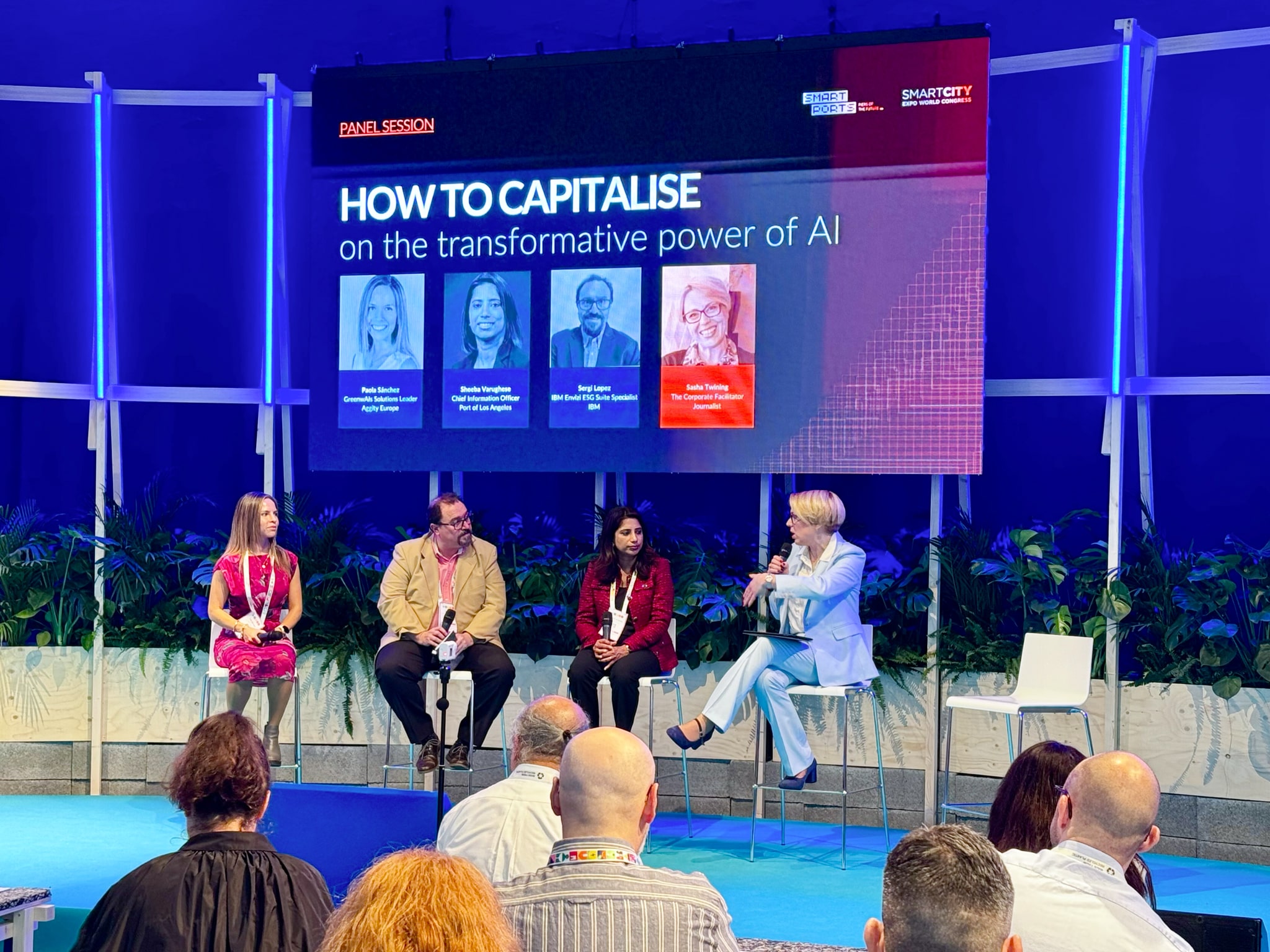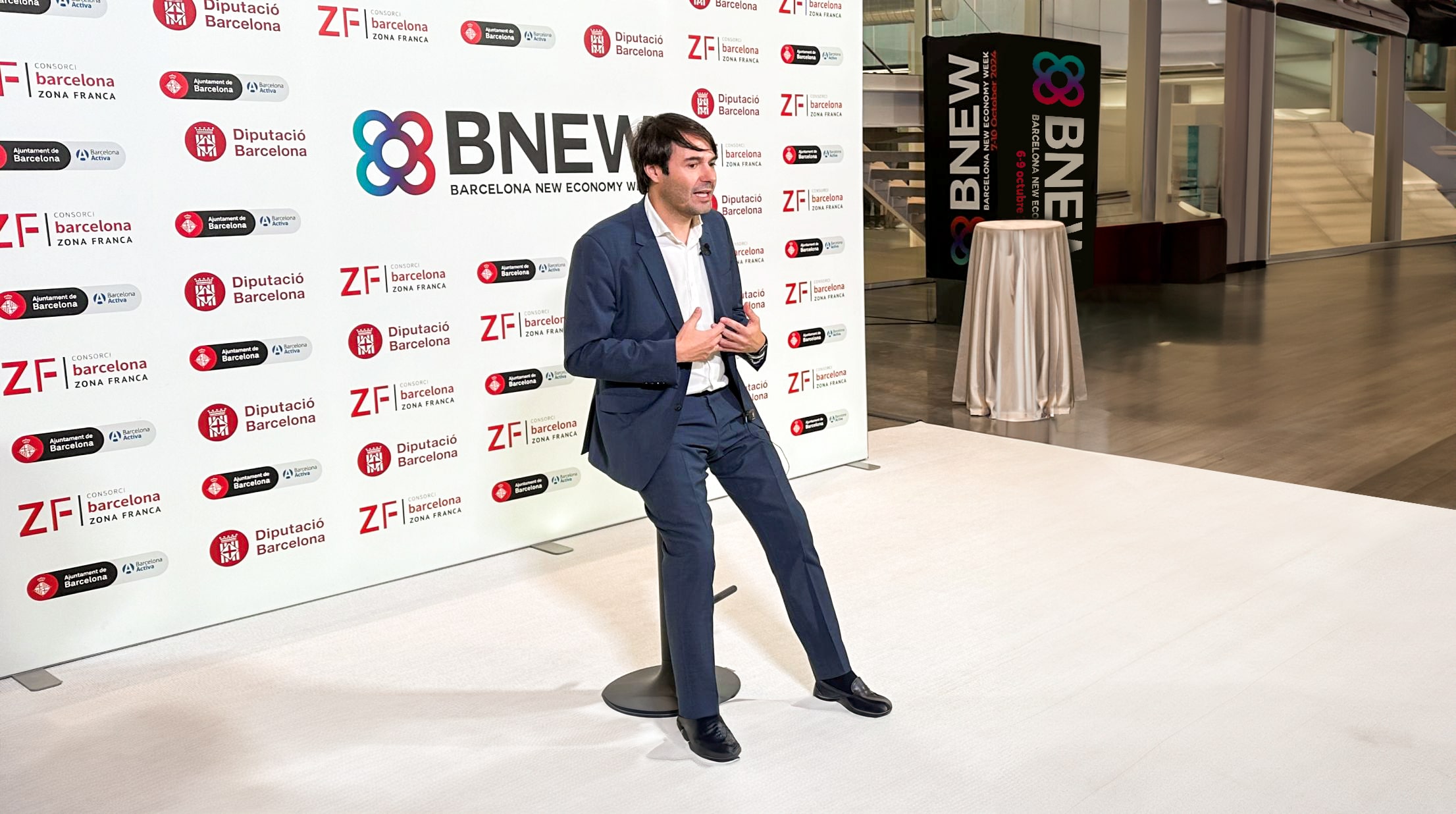Industry 4.0: robots, sensors or augmented reality, this is what smart factories look like
Intelligent robots that work in a friendly way with operators, multisensors for machines to communicate, augmented reality to visualize prototypes, that and more is what is called the revolution of industry 4.0 or the smart factories and where the Spanish sector seeks to embark.
where the Spanish sector is looking to embark.
Factory 4.0, the IoT environment and Big Data.
The Internet of Things and the Big Data, which relates data to human activities, has the ability to revolutionize traditional processes with the right tools. In order to adapt to user demand, the new 4.0 factories are increasingly demanding “à la carte” products designed by themselves and that are fast at home. According to experts, factories must be prepared to guarantee an individualized offer in real time.
Companies like Nike already allow individualized design of sneakers: choose textures, fabrics, colors. In addition, manufacturers of food products such as muesli are giving the option to customize cereals in various aspects such as quantities, added ingredients or type of packaging.
The economic potential of the Internet of Things for businesses and governments is enormous; according to Cisco, up to 14.5 trillion euros could be “in play” by 2023.

Learning machines
Among the characteristics of this new type of industry is collaborative robotics, with which the machines help the operator in repetitive or dangerous tasks without attacking him by recognizing him and with which they can already share activities in the same physical location. Or, cyber-physical systems, where tiny computers proliferate with systems included in the manufacturing and enormous functionalities for information processing.
Likewise, sensorization, intelligent vision and augmented reality, with machines that learn by themselves under the tutelage of the operator, who is a key player in this manufacturing process, and to whom they offer assistance with interactive glasses.
Additive or layered manufacturing is also essential in this new industry as it saves time and money compared to traditional techniques such as prototyping from molds, which are very costly when orders are small.
“They want to bring the factory back to Europe while in the past it was offshored in search of cheap labor and that also caused talent to flee,” explained Loreto Susperregi.
In this incipient industrial 4.0 race, Spain is in a good position, “on the starting grid,” according to David Sánchez. “We cannot let this opportunity pass us by,” because so far, “no country has taken the lead,” he added.
The time to “get on the revolution”.
Leading countries in this industry are Germany and the United States. At this moment the Spanish industry “has the option of joining this revolution”, and if it does not do so, it will lose competitiveness.
The U.S. is also making steady progress in this type of factory. Recently, in Chicago, industry leaders met at the Forum for the Internet of Things to drive this industrial model within the framework of a forecast deficit of two million professionals with expertise in this new world.
Reuse of information
Technology companies and universities are mobilizing to adjust training profiles to the new needs. One of the members of its advisory board, Jorge Calderón, has detailed in-demand professions such as data engineers capable of reusing huge amounts of information, cybersecurity professionals and experts in designing simpler and more convenient interfaces.
In this new production framework, Opera MES has created a cloud technology that interconnects devices and is very useful for industries such as pharmaceuticals, whose products require specific temperature ranges throughout the distribution chain, among many other sectors that may benefit. It is also integrated with the Social Business platform, to bring mobile and agile communication to operators at the right time and in real time.
Últimos posts

aggity strengthens its commitment to sustainability as a SILVER partner of “Fundación Empresa & Clima”.

aggity participates in the IBM Ecosystem Summit 2024 with an applied case of Generative AI in the food industry

Aggity, together with the multinational Fortinet, present an exclusive event in Lima on the application of Generative AI in Corporate Cybersecurity.

aggity participates in Smart Ports: Piers of the Future

aggity Supports the Contigo Foundation at its Annual Dinner

Challenges and Opportunities of Generative AI in Industry: Our Experience at BNEW

Official Liferay Partner in Spain





